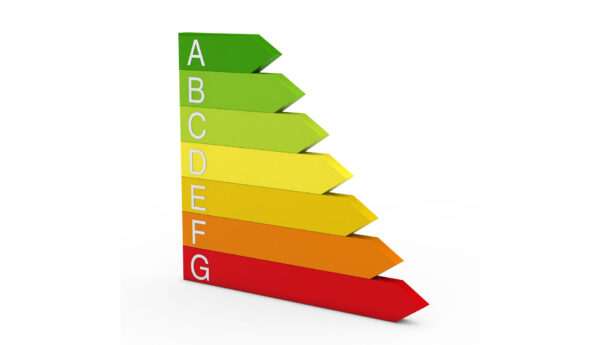The conveyancing process is an integral part of buying or selling property in the UK. Whether you’re a first-time buyer or an experienced property owner, understanding how conveyancing works is crucial for a smooth and legally compliant transaction. In this comprehensive guide, we’ll take you through the step-by-step conveyancing process in the UK, demystifying the legalities and ensuring you’re well-prepared for your next property move.
Step 1: Selecting a Conveyancer or Solicitor
The first step in the conveyancing process is to choose a conveyancer or solicitor who will handle the legal aspects of the transaction. It’s advisable to select a professional with experience in property law to ensure a smooth and secure process.
Step 2: Pre-Contract Stage
The conveyancer initiates the process by conducting local searches. These searches include checks for issues such as planning permissions, boundaries, environmental considerations, and any potential restrictions. The results of these searches provide vital information for both buyers and sellers.
Step 3: Drafting and Reviewing Contracts
Once the searches are completed and satisfactory, the conveyancer drafts a contract. This contract includes all the terms and conditions of the property sale, including the agreed-upon price and the completion date. The seller’s solicitor will also provide title deeds and any other relevant documentation to the buyer’s conveyancer.
Step 4: Mortgage and Property Survey
If the buyer requires a mortgage to purchase the property, the lender will conduct a valuation survey to determine the property’s value. The conveyancer will liaise with the lender to ensure the necessary funds are in place for the purchase. Additionally, the buyer may choose to conduct their property survey for a more detailed inspection.
Step 5: Pre-Exchange of Contracts
At this stage, both parties (buyer and seller) review the contracts and make any necessary amendments. The buyer’s conveyancer ensures that all legal aspects are in order, including resolving any outstanding issues or queries. Once both parties are satisfied, they agree on a completion date and a deposit is paid by the buyer.
Step 6: Exchange of Contracts
After all conditions have been met, the contracts are formally exchanged. This makes the transaction legally binding, and both parties are committed to the sale. The deposit paid by the buyer is now held by the seller’s solicitor or conveyancer in a designated account.
Step 7: Post-Exchange of Contracts
Following the exchange of contracts, the conveyancer continues to work on finalizing the legal details. They prepare the transfer deed, which officially transfers the property’s ownership from the seller to the buyer. They also calculate the final financial settlement, taking into account any adjustments for taxes, utility bills, and other relevant costs.
Step 8: Completion
On the agreed-upon completion day, the buyer’s conveyancer transfers the remaining purchase funds to the seller’s conveyancer, and the property’s ownership officially changes hands. The seller vacates the property, and the buyer takes possession.
Step 9: Post-Completion
After the completion, the conveyancer registers the property with the Land Registry, ensuring that the buyer’s ownership is officially recorded. Any necessary post-completion tasks, such as paying Stamp Duty Land Tax, are also handled by the conveyancer.
Conclusion
The conveyancing process in the UK involves several complex legal and administrative steps to ensure a property sale or purchase is executed correctly and securely. Choosing a qualified conveyancer or solicitor is essential to navigate this process successfully. By understanding the conveyancing process, you can make informed decisions, minimize potential issues, and ensure that your property transaction is legally sound and stress-free.














